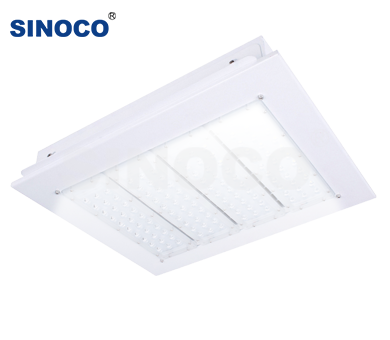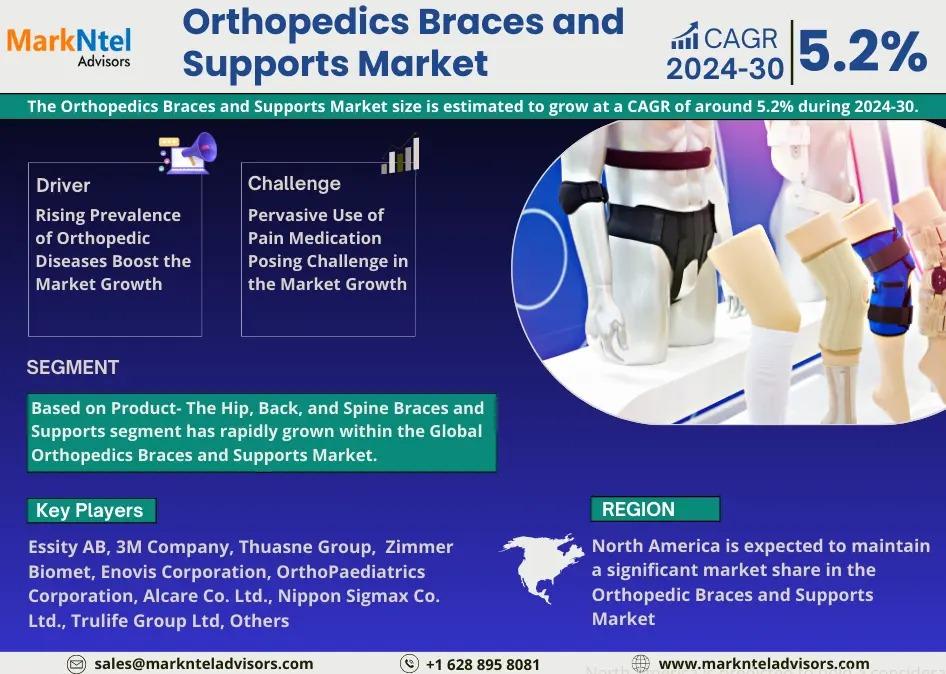Sciatica and Muscle Scraping: A Natural Path to Pain Relief

Living with sciatica can be frustrating and overwhelming. The condition often starts with a sharp, radiating pain that begins in the lower back and shoots down the leg, sometimes reaching as far as the foot. For many people, this discomfort is not only physically limiting but also emotionally draining. While medication and surgery are sometimes recommended, many individuals today are exploring natural and alternative therapies. One such technique gaining attention is muscle scraping.
Understanding Sciatica
Sciatica is not a condition itself but rather a set of symptoms caused by irritation or compression of the sciatic nerve. This nerve is the largest in the body, running from the lower spine through the hips, buttocks, and legs. When it becomes pinched—commonly due to a herniated disc, bone spur, or tight muscles—the result can be intense pain, tingling, or numbness.
Traditional treatments for sciatica often include rest, pain relievers, physical therapy, or in severe cases, surgery. However, these options may not always provide long-lasting relief, which is why complementary techniques such as muscle scraping are becoming more popular.
What Is Muscle Scraping?
Muscle scraping, sometimes called instrument-assisted soft tissue mobilization (IASTM), is a therapy that uses specialized tools to apply pressure and friction across the skin and underlying muscles. The technique helps break up scar tissue, increase blood flow, and release muscle tension. Unlike deep tissue massage, muscle scraping targets adhesions and tight fascia that restrict movement and contribute to nerve compression.
How Muscle Scraping Helps With Sciatica
One of the major causes of sciatica is tight muscles in the lower back, hips, and glutes pressing against the sciatic nerve. By using muscle scraping, therapists can loosen these tense areas and restore mobility. Increased blood flow also brings nutrients and oxygen to the affected muscles, supporting faster healing and reducing inflammation.
Many people report that after a few sessions of muscle scraping, they notice:
-
Decreased pain intensity
-
Improved range of motion
-
Less stiffness in the lower back and legs
-
Enhanced recovery when combined with stretching and strengthening exercises
Combining Therapies for Better Results
While muscle scraping can provide significant relief, it is most effective when combined with other strategies for managing sciatica. Gentle yoga, physical therapy exercises, proper posture, and lifestyle changes—such as maintaining a healthy weight and staying active—can all contribute to long-term recovery.
It is always advisable to consult a healthcare professional before starting any new treatment. A trained therapist will ensure muscle scraping is performed safely and adapted to individual needs.
Conclusion
For those struggling with the persistent pain of sciatica, exploring alternative treatments may open the door to relief and recovery. muscle scraping stands out as a natural, non-invasive approach that not only targets muscle tension but also supports overall healing. By combining this technique with mindful movement and healthy habits, individuals can reduce discomfort, restore mobility, and regain control of their daily lives.






